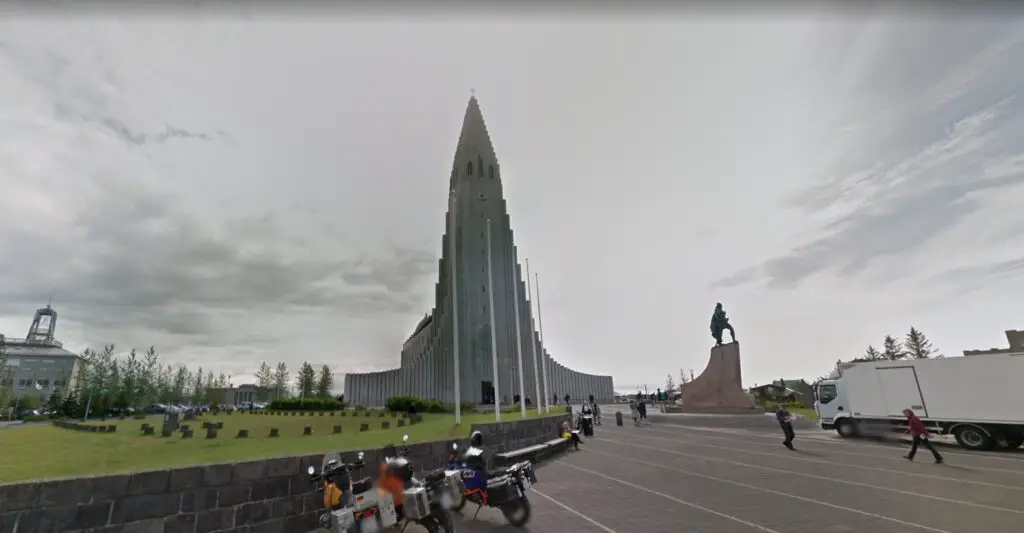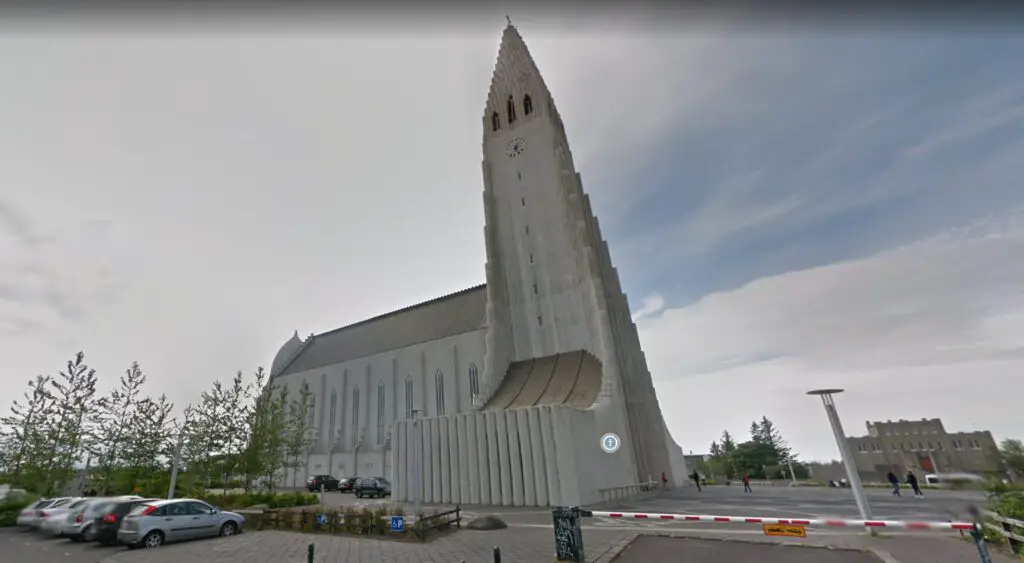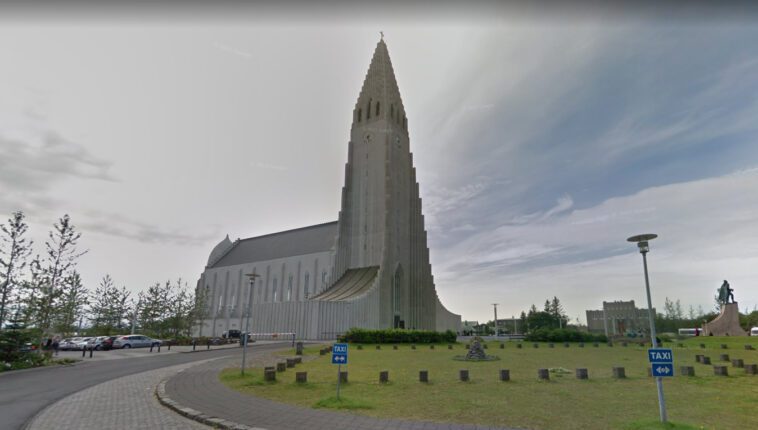From its prime location in Reykjavik, the capital city of Iceland, the Church of Hallgrímskirkja commands attention. Rising to the clouds, its silhouette serves as an extraordinary emblem of Icelandic architecture. It’s no wonder it has become a destination on the itinerary of every visitor who lands on the island’s shores.
The Church of Hallgrímskirkja, named after the revered 17th-century poet and clergyman Hallgrímur Pétursson, is an iconic landmark whose construction began on August 29, 1945. Under the architectural genius of Guðjón Samúelsson, it took over four decades to bring the design to life. The doors finally swung open to the public on October 26, 1986.
Samúelsson’s design, deeply inspired by the astonishing Icelandic landscapes, incorporated the architectural style known as Expressionism, with a specific nod to the geometric, rugged basalt columns commonly found throughout the country’s volcanic landscapes. This feature is particularly evident in the church’s sharply rising façade, which mirrors the towering, basalt cliff formations — a tribute to the raw, natural beauty of Iceland.
The towering edifice of the Church of Hallgrímskirkja reaches a staggering height of 74.5 meters (244 feet), making it the tallest church and the third tallest architectural structure in Iceland. Its prominence in the cityscape is a beacon for locals and tourists alike.

Covering a floor area of 1,676 square meters (18,040 square feet), the church’s vast interior is an architectural wonder. The minimalistic design inside contrasts the dramatic exterior, but it aligns with the Icelandic spirit of simplicity and function over ostentation. One cannot help but be moved by the sheer grandeur of the space, amplified by the high, vaulted ceilings and the sparse, yet powerful use of natural light entering through the tall, narrow windows.
The focal point of the interior is the remarkable pipe organ, a masterpiece engineered by the German organ builder Johannes Klais of Bonn. Towering over 15 meters tall and weighing a colossal 25 metric tons, the organ boasts 5,275 pipes, its grand sound filling the sacred space with sonorous melodies. The construction of this Pipe organ was completed in December, 1992.

As a functioning Lutheran parish church, the Church of Hallgrímskirkja serves the spiritual needs of the city’s residents. Apart from its religious functions, it also hosts a variety of concerts throughout the year, thanks to the exceptional acoustics provided by the church’s design. Its towering observation deck also offers an unrivaled, panoramic view of Reykjavik, attracting tourists seeking the best view of the city.
Located at Hallgrímstorg 1, 101 Reykjavík, the Church of Hallgrímskirkja is a testament to human creativity and the profound inspiration derived from nature. For further information, the church’s official website offers detailed insight into its history, architectural significance, and ongoing events.
Through every stone and curve, the Church of Hallgrímskirkja stands as a symbol of Icelandic identity — an homage to the dramatic landscapes that characterize this island nation and a testament to the deep spiritual history woven into its cultural fabric. The edifice encapsulates the intertwining of architecture and nature, serving not only as a place of worship but also as an architectural landmark that carries the voice of Iceland to the rest of the world.
Further Information On The Hallgrímskirkja
Date Construction started: August 29, 1945
Date Opened: October 26, 1986
Architect: Guðjón Samúelsson
Architectural style: Expressionism with basalt column inspiration
Size or floor area: 1,676 square meters
Height: 74.5 meters (244 feet)
Function or purpose: Lutheran parish church, concerts, observation deck
Address: Hallgrímstorg 1, 101 Reykjavík, Iceland




